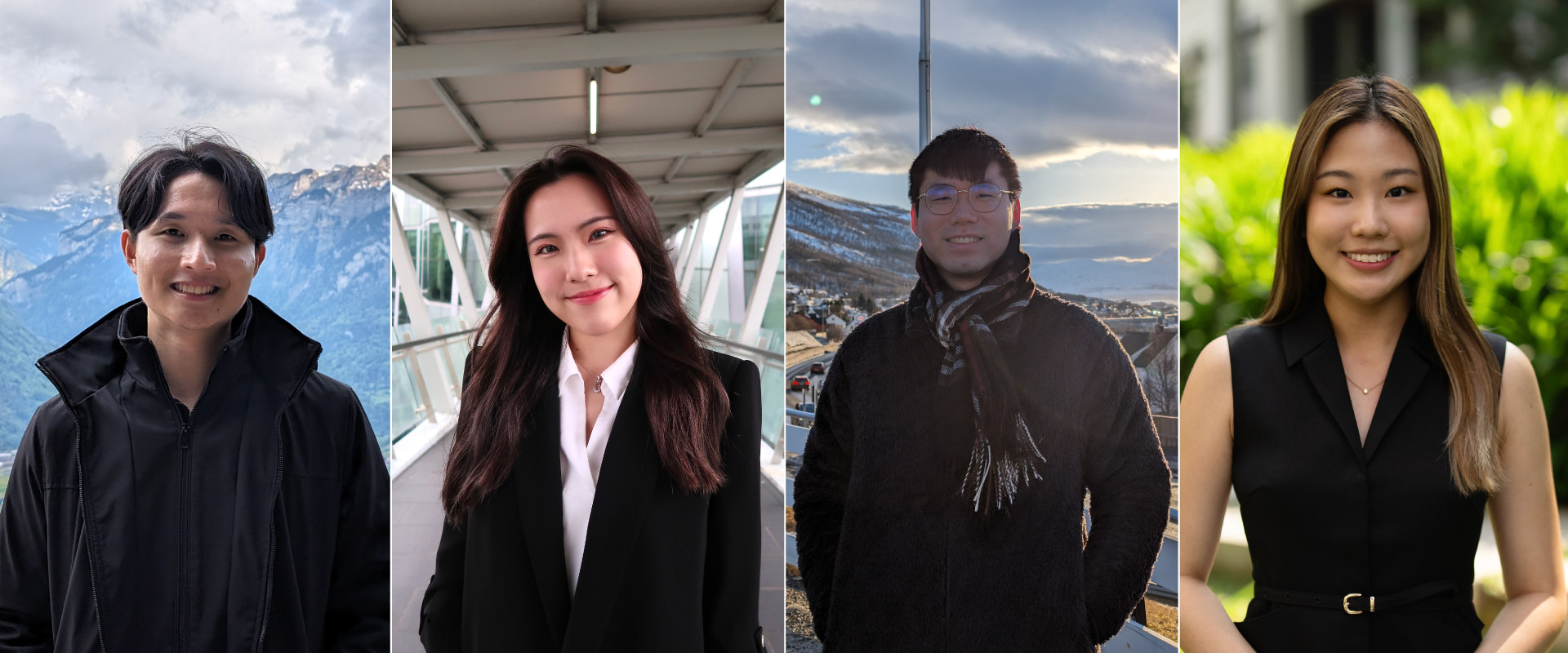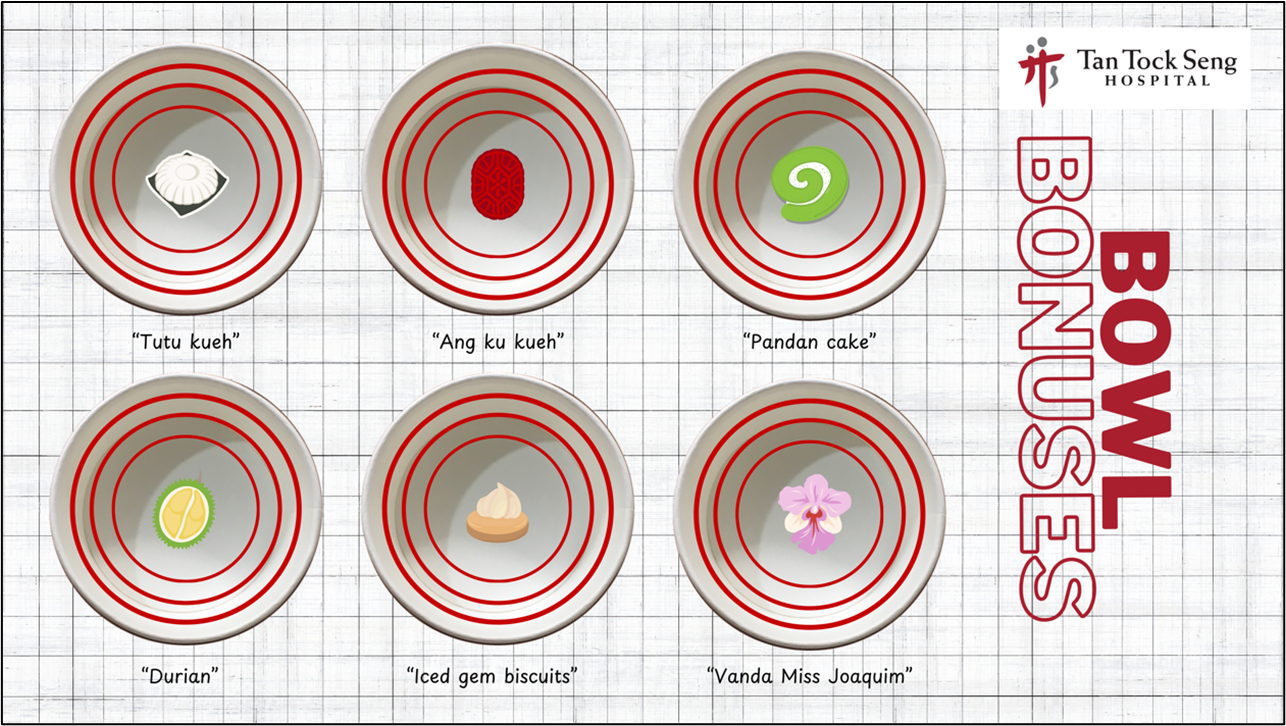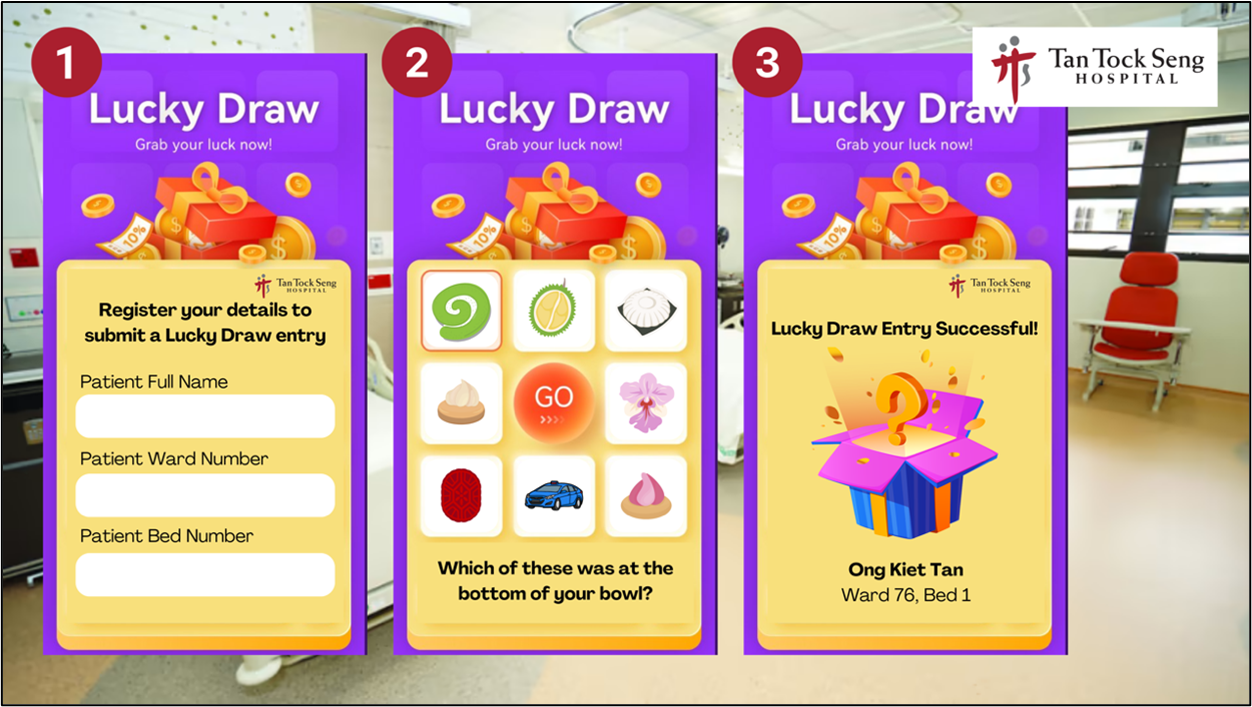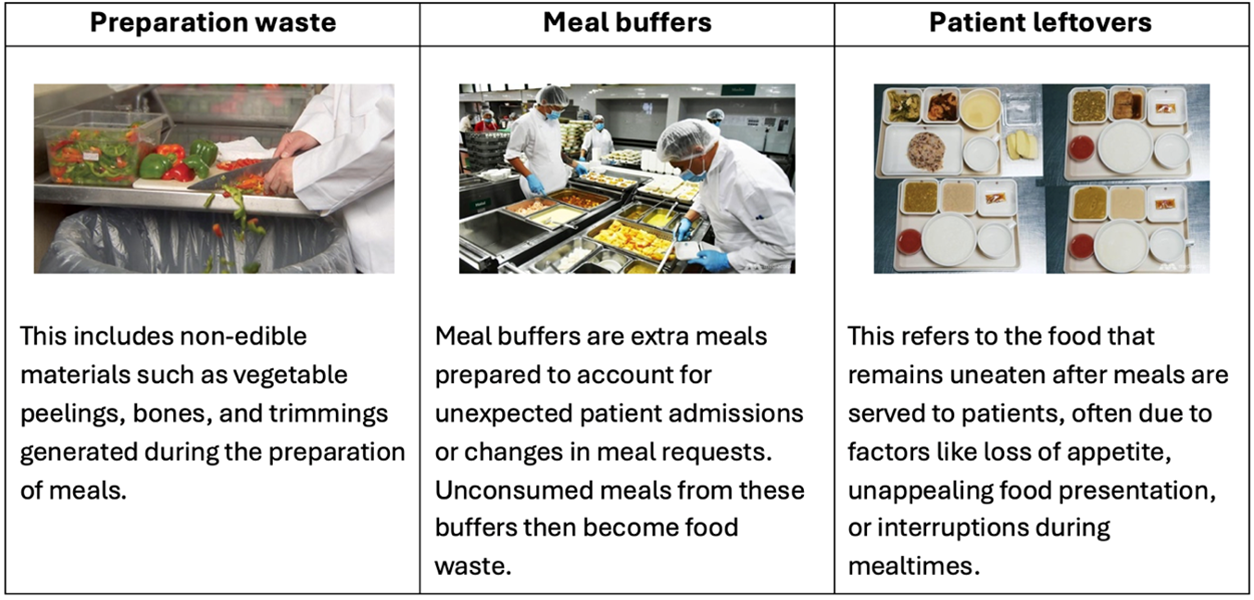Putting a lid on food waste in hospitals
February 3, 2025

Three meals to hundreds of patients per day - imagine the inevitable amount of leftovers from hospital meals! While unfortunate, food wastage is a key issue in Singapore hospitals stemming from factors such as poor patient appetite, limited dietary selection and inconducive eating environments.
This is where Pharmaceutical Science student Xu Qi and his interdisciplinary team from NUS’ School of Business (Team Pharma X) come in. And their proposal - which seeks to reduce upstream plate waste at Tan Tock Seng Hospital (TTSH) through interactive bowl designs and gamification - came away with the top prize at the NUS CHS Competition (2024).

Team lead Xu Qi says, “The competition was a unique opportunity to explore and learn more about the real-world challenges that hospitals face, particularly in relation to ESG (environmental social governance) efforts like reducing food waste. It was also an opportunity to contribute meaningfully to the healthcare industry, which I am passionate about.”
The ‘Bowl Bonuses’ initiative
The team’s solution - Bowl Bonuses - reimagines mealtimes at TTSH to transform the often-mundane act of eating into a rewarding experience through two pillars.
The first pillar - visually interactive bowls which gradually reveal hidden images reminiscent of local cultural icons, such as ang ku kueh or tutu kueh - motivates patients to complete their meals to uncover the images.

The second pillar incentivises patients through a Lucky Draw system which rewards them with prizes, such as supermarket and shopping vouchers, public transport credits or movie tickets, that can be used upon discharge from hospital. Patients who complete their meals are provided a unique QR code leading to a web platform where they can enter the Lucky Draw.

Xu Qi says, “The diversity of academic backgrounds in our team really shaped our project. My background in pharmaceutical science allowed me to focus on patient care, particularly ensuring that our solution does not compromise patients’ nutritional needs. My team mates played a crucial role in developing the implementation strategy, assessing the project’s financial viability and ensuring that our solution is practical within a healthcare setting.”
The team attended a seminar organised by TTSH to learn about the hospital’s measures to mitigate food wastage. They also participated in workshops organised by the NUS College of Design and Engineering, NUS Business School and the NUS Centre for English Language Communication to better understand the intricacies of food wastage and upcycling, supply chain inventory management in the healthcare sector, as well as business case writing and presentation techniques.
To address the problem, the team conducted a comprehensive situational analysis to identify the significant causes of food waste. The insights guided the team’s development of more targeted solutions for elderly patients, who comprise a significant portion of hospital patients.

The team’s proposed solution is expected to cut patient leftovers significantly, leading to cost savings, improved patient care and clinical outcomes and more efficient resource management, aligning with Singapore’s goals of sustainability and healthcare excellence.
Xu Qi adds, “The competition gave us a deeper appreciation of the real-world implications of our ideas. It also brought to the fore the importance of teamwork and integration of insights across scientific and business fields, which opened up new ways of thinking.”

